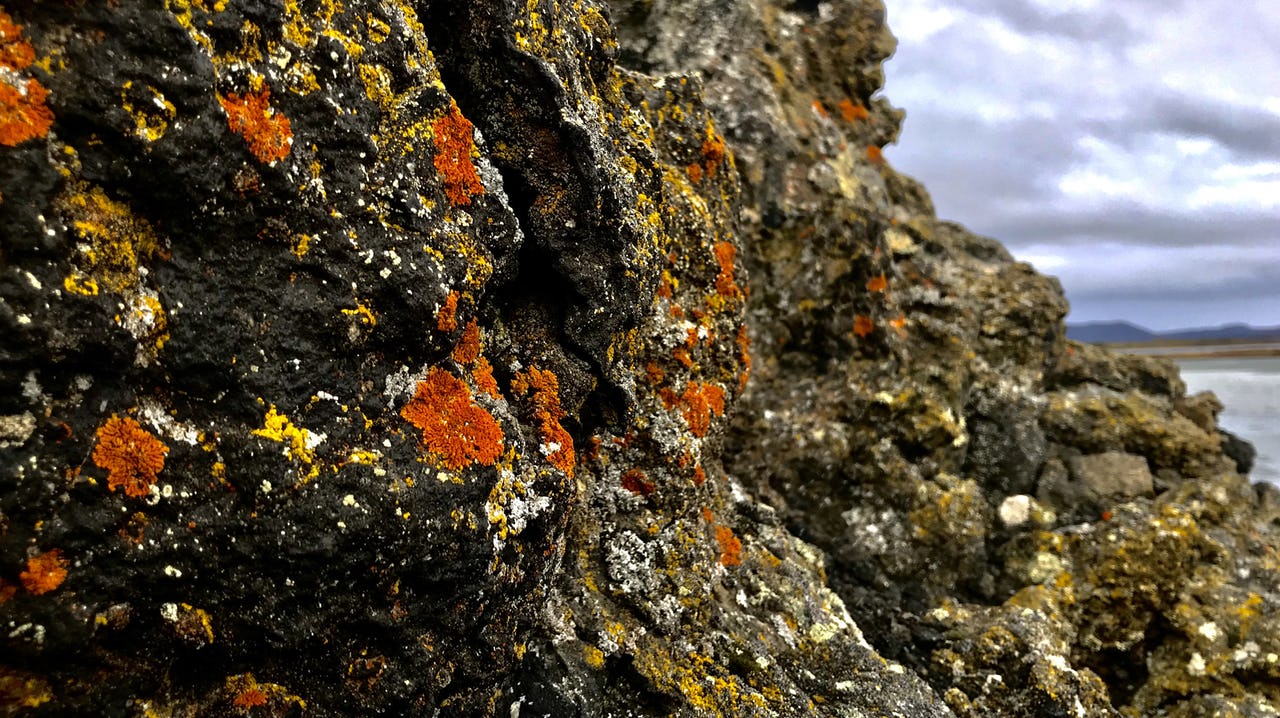What’s not to Lichen? Infographic

With about 13,000 species worldwide, lichens can grow in a wide range of environments, including those that are extreme. Photo: Val Muzik
Lichens are composite organisms, consisting of a fungal species that has formed beneficial symbiotic associations with algae and/or cyanobacteria. These unique organisms are widely distributed across various types of ecosystems, and their physiological characteristics make some species of lichens particularly good at living in extreme habitats such as the Arctic tundra. Here, lichens are densely distributed and, among a wide array of ecosystem contributions, are a primary food source for migrating caribou. However, warming temperatures due to climate change are triggering a cascade of interplaying effects that reduce lichen abundance in Arctic tundra ecosystems.
This infographic designed by Jennifer Cook provides an understanding of the importance of lichens and the current factors leading to their decline in the Arctic as a result of climate change.